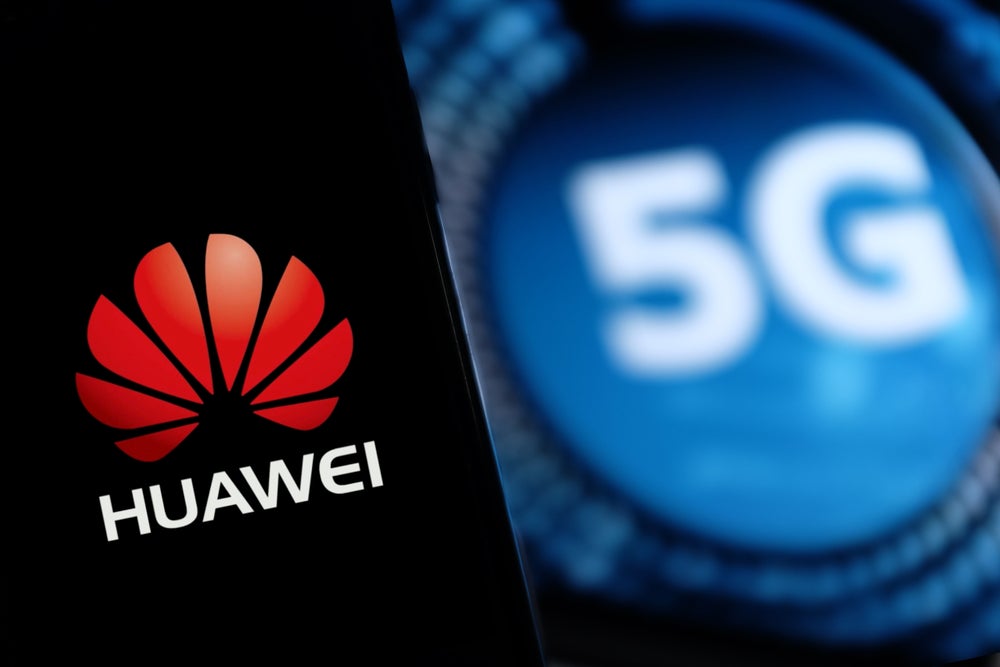
Huawei is reportedly looking to return to the 5G smartphone industry by the end of the year, signifying China possibly overcoming recent US chip export restrictions.
Huawei Technologies, one of the largest Chinese tech giants, will soon be able to secure its own 5G chips domestically without the need for equipment from the US or its allies, several research firms told Reuters.

Access deeper industry intelligence
Experience unmatched clarity with a single platform that combines unique data, AI, and human expertise.
The news comes after Huawei’s business plummeted in 2020 when US restrictions began starving the company of essential semiconductor equipment.
Huwaei stated it was operating in “survival mode” in 2020, which continued for the next three years as company battled through the pandemic and restrictions.
The Chinese tech giant’s business revenue peaked at a whopping $67bn in 2020 but dropped by almost 50% in 2021.
Huawei has been stuck selling 4G handsets due to restrictions from the US and its allies, that have labelled the company a security risk.

US Tariffs are shifting - will you react or anticipate?
Don’t let policy changes catch you off guard. Stay proactive with real-time data and expert analysis.
By GlobalDataHowever, several research firms told Reuters that Huawei had announced its breakthrough in electronic design automation (EDA) tools for semiconductor chips.
This means that the company may have had the blueprint to mass-produce powerful semiconductor chips for months.
According to the firms, Huawei’s EDA software could be used to make the chips needed to create 5G phones.
This means that Huawei could develop 5G models of its flagship iPhone rival P60, which is set to launch in 2024.
Although this will likely only interest Chinese audiences, as US restrictions locked the company out of all of Google’s services – which most Android phones operate on outside of China.
According to GlobalData thematic research, China will become the world’s leading semiconductor superpower on the basis of its growing domestic demand for chips by 2030.
The semiconductor industry is predicted to double in size to more than $1trn by the end of the decade, and China will account for approximately 60% of that growth, according to the Semiconductor Industry Association and Boston Consulting Group.
Josep Bori, thematic research director at GlobalData, previously toyed with the idea that US bans may lead to China reaching chip self-sufficiency at a quicker pace.
“It is anybody’s guess whether an unintended consequence of the US export restrictions will be that China will achieve semiconductor manufacturing self-sufficiency earlier than previously expected,” Bori told Verdict.







